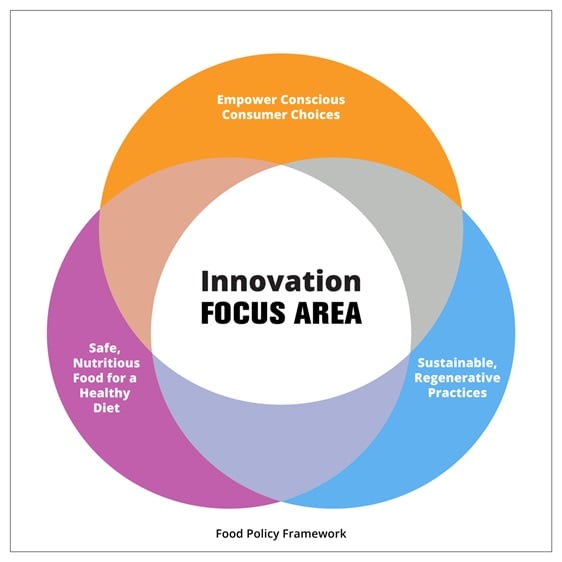Eligibility
Eligibility


Who should apply?
The following organizations are eligible to compete in the Challenge:
- Non-profits located in any country
- Academic or research institutions located in any country
- Early-stage or emerging North American or European based for-profit companies ('small companies')
Individuals are not eligible to apply. Please note, however, that teams of students or researchers may participate as part of their University or Research Institution’s submission. Organizations are encouraged to form teams to compete in the Challenge. If two or more organizations form a team to compete, they should choose one of the organizations to serve as the applicant.
What are the Criteria?
The Global Food System Challenge is intended to support innovations that benefit at least one of the intersecting domains and that have the potential for significant impact at scale and over time.
The selection criteria prioritize INNOVATION and the size of the IMPACT on the people and the environment.
What the Challenge Won't Fund
- Projects that have a negative effect on either the safety or healthfulness of food, the sustainability of the food supply chain or, that are unlikely to be accepted by the end-user or consumer
- Theoretical concepts or ideas without any experiments or a reduction to practice
- Individual persons
- Projects where funds will be used to support large for-profit entities in their commercial activities such as R&D, Innovation, Manufacturing or Sales/Marketing
- Initiatives which are not scalable beyond the initial project scope and have limited projected impact over time
- Projects associated with political campaigns or lobbying
- Capital campaigns
- For profit entities with significant financial assets or which passed Series A financing round

